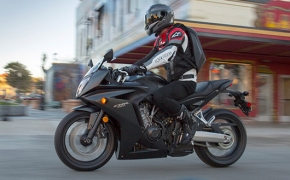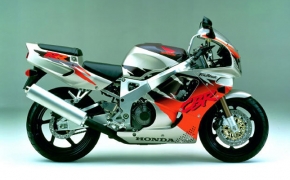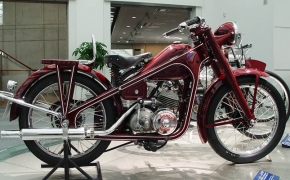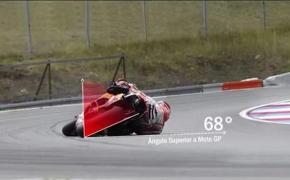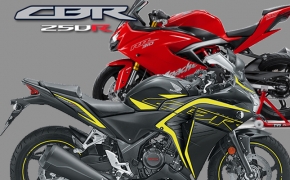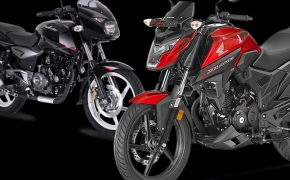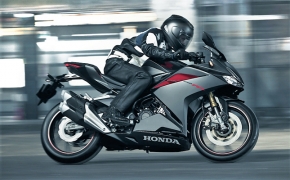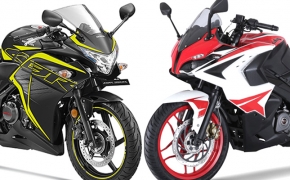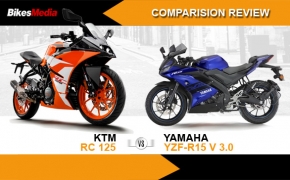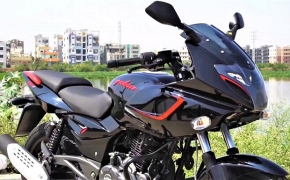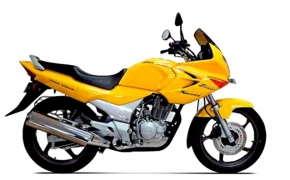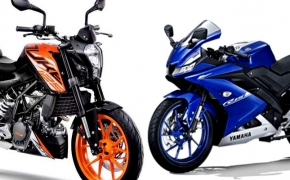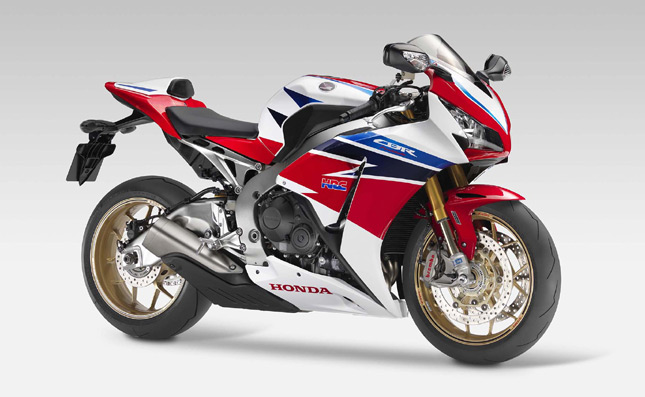 We are electric beings vibrating within an energetic universe. The purpose of life is growth and development. When we cease to grow, we die. Therefore we must always be advancing and progressing forward, for this is the great law of life and living. And the automotive industry is perhaps the greatest example of that. It is always advancing, always growing and always coming out with better pieces of machinery.
We are electric beings vibrating within an energetic universe. The purpose of life is growth and development. When we cease to grow, we die. Therefore we must always be advancing and progressing forward, for this is the great law of life and living. And the automotive industry is perhaps the greatest example of that. It is always advancing, always growing and always coming out with better pieces of machinery.When man`s fascination for speed and power reaches new levels and technology grows by leaps and bounds, engines cannot be far behind. But as engines continue to produce staggering amounts of power and emissions take a toll on the environment there has come a time when mechanical advancements solely cannot do the job of keeping the engine in sound health all the time. There has to be a governing mechanism which controls everything from emissions and Air/Fuel ratio to power and torque.
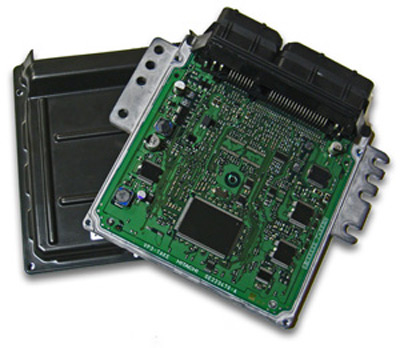 Under the hood of today`s cars and motorcycles (premium ones) beats a highly evolved heart. Here the ECU comes to play. There is a complexity never before imagined, and the Engine/Electronic Control Unit (ECU) plays a major role in the performance of the engine. An ECU controls and maintains an engine in it`s optimum state by manipulating the sensors and actuators which result in changes of the air-fuel mixture, ignition timing and idle speed. The ECU is to an engine what a CEO is to a company. It manages all the running aspects of the engine and let`s the user know when something is wrong.
Under the hood of today`s cars and motorcycles (premium ones) beats a highly evolved heart. Here the ECU comes to play. There is a complexity never before imagined, and the Engine/Electronic Control Unit (ECU) plays a major role in the performance of the engine. An ECU controls and maintains an engine in it`s optimum state by manipulating the sensors and actuators which result in changes of the air-fuel mixture, ignition timing and idle speed. The ECU is to an engine what a CEO is to a company. It manages all the running aspects of the engine and let`s the user know when something is wrong.Now let us take an analogy of the human respiratory system to understand the automobile engine. We breathe in through our nose which filters the harmful/impure air and lets in only fresh air rich in Oxygen ; then we breathe out and expel Carbon Dioxide. In between, the air goes inside our wind pipe, through to our lungs where it is mixed with blood and is used up by our body for it`s growth and development. All of this happens simultaneously and never stops.
Something similar happens inside an engine : The engine breathes in oxygen rich air mixed with fuel through the intake system which comprises of the air filter and intake valves and breathes out CO, NOx and HCs through the exhaust valves and catalytic converter and then finally exits through the tail pipe. In between, the air and fuel mix is utilized to produce power and to do useful work. To do this process efficiently and consistently, an ECU is needed.
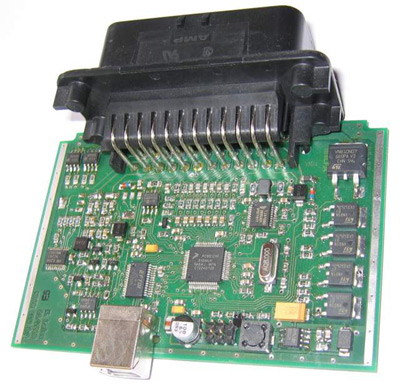 Functions Of An ECU:
Functions Of An ECU:Air/fuel mixture control: It determines the amount of air and fuel entering into the engine and accordingly plans the combustion process by varying the amount of fuel delivered through the Fuel Injectors.
Ignition timing control: There is a certain crank angle in the compression stroke which gives maximum torque output if the air/fuel mix is ignited at that point. ECU decides this and accordingly fires the spark plugs.
Idle speed control: It controls the idle speed of the engine depending on the ambient temperature, engine oil temperature and coolant temperature of an engine. This is the reason that when starting the engine for the first time in the morning, the RPM is more compared to normal idle RPM. This is controlled by the ECU.
Advantages & Disadvantages Of ECU:Ignition timing control: There is a certain crank angle in the compression stroke which gives maximum torque output if the air/fuel mix is ignited at that point. ECU decides this and accordingly fires the spark plugs.
Idle speed control: It controls the idle speed of the engine depending on the ambient temperature, engine oil temperature and coolant temperature of an engine. This is the reason that when starting the engine for the first time in the morning, the RPM is more compared to normal idle RPM. This is controlled by the ECU.
* Precise metering of fuel for better mileage and lesser emissions
* Expensive
* Good throttle response for more responsive engine performance
* Difficult to work on
Picture Source: aermech.com* Expensive
* Good throttle response for more responsive engine performance
* Difficult to work on
By: Vikram Malhotra












